
Ingredient
Pacific salmon (generic)
The Mighty Catch: Pacific Salmon
Pacific salmon refers to a group of fish species that are native to the Pacific Ocean. They are highly valued for their firm, fatty flesh and distinctive flavor. Pacific salmon can be found in different varieties, including Chinook, Sockeye, Coho, and Pink salmon, each with its own unique characteristics.
Origins and history
Pacific salmon has a long history of being a staple food for indigenous communities along the Pacific coast. It has been an important part of their culture and livelihood for thousands of years. Today, Pacific salmon is enjoyed worldwide and is a popular choice for seafood lovers.
Nutritional information
Pacific salmon is an excellent source of high-quality protein, omega-3 fatty acids, and essential vitamins and minerals. It is also low in saturated fat and calories, making it a nutritious choice for a balanced diet.
Allergens
Fish allergens, such as Pacific salmon, can cause allergic reactions in some individuals. It is important to be aware of any seafood allergies and consult a healthcare professional if you have concerns or experience adverse reactions after consuming Pacific salmon.
How to select
When selecting Pacific salmon, look for fish that has bright, clear eyes, shiny skin, and a fresh, ocean-like smell. The flesh should be firm to the touch and have a vibrant color. Avoid fish with dull or discolored skin, as well as any signs of sliminess or strong fishy odor.
Storage recommendations
To maintain the freshness and quality of Pacific salmon, store it in the refrigerator at a temperature below 40°F (4°C). If not consumed within a day or two, it is best to freeze the fish to extend its shelf life. Wrap it tightly in plastic wrap or place it in an airtight container before freezing.
Preparation tips
Pacific salmon can be prepared in various ways, including grilling, baking, broiling, or poaching. It can be seasoned with herbs, spices, or citrus flavors to enhance its natural taste. When cooking Pacific salmon, it is important to avoid overcooking to preserve its moistness and tenderness.
Substitutions
Other types of salmon, such as Atlantic salmon or Coho salmon, can be used as substitutes for Pacific salmon. However, they may have slightly different flavors and textures.
Culinary uses
Pacific salmon is a versatile ingredient that can be used in a wide range of dishes. It can be grilled and served as a main course, used in sushi or sashimi, or added to salads, pasta, or rice dishes. Pacific salmon also pairs well with flavors like lemon, dill, or maple syrup, creating a harmonious balance of tastes.
Availability
Pacific salmon is commonly available in regions along the Pacific coast, including North America, Asia, and parts of Europe. It can also be found in some freshwater lakes and rivers where it is farmed or introduced for recreational fishing.
More ingredients from this category

Pink salmon
The Vibrant Delight: Exploring the World of Pink Salmon
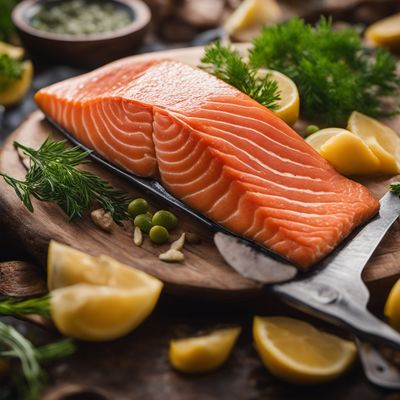
Chinook salmon
The King of Salmon
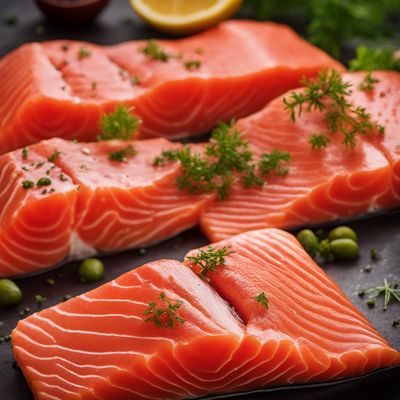
Sockeye salmon
The Mighty Sockeye: A Nutrient-Rich Delicacy from the Sea
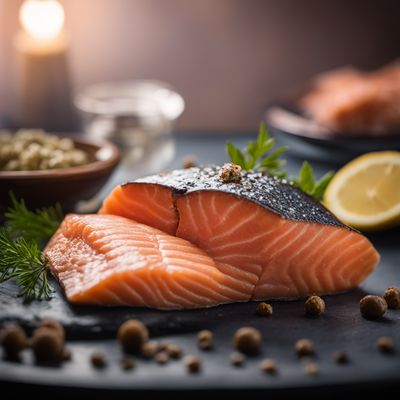
Chum salmon
The Mighty Fish of the North
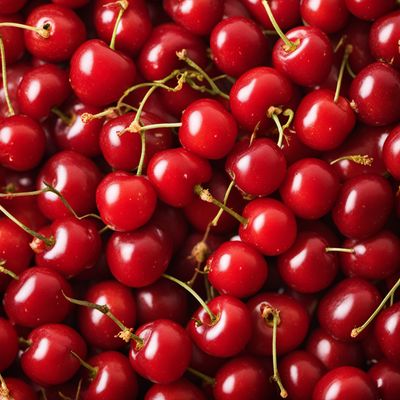
Cherry salmon
The Delicate Delight: Exploring the Flavors of Cherry Salmon
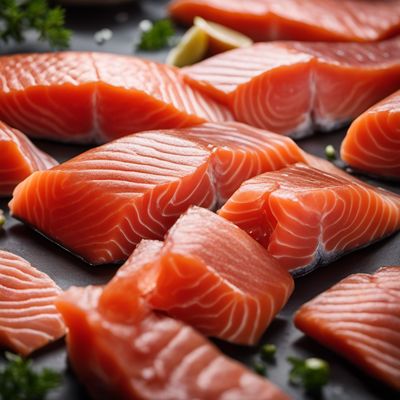
Coho salmon
The Mighty Coho: A Delicate and Nutritious Catch